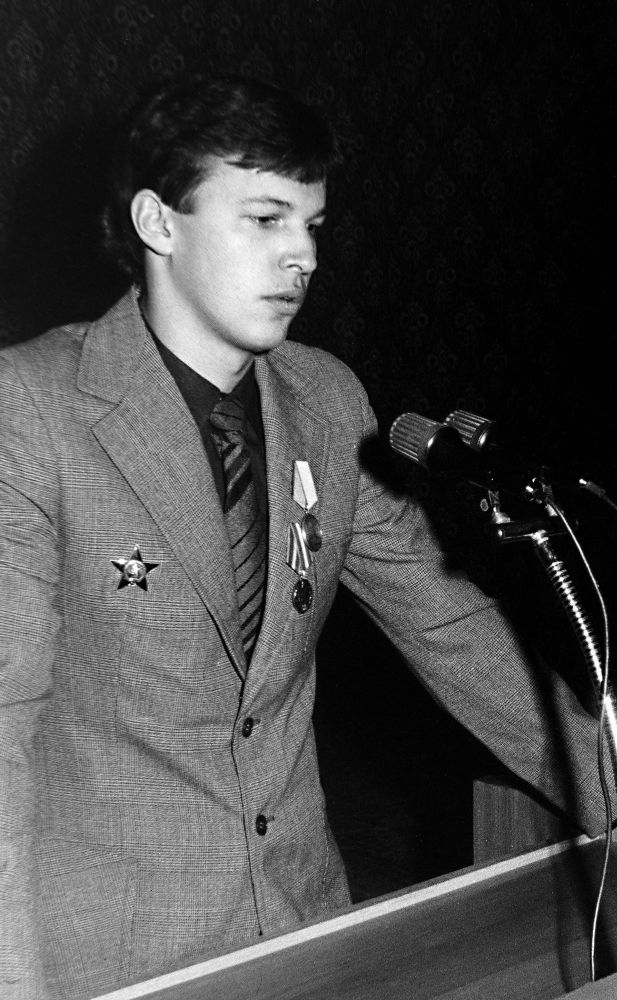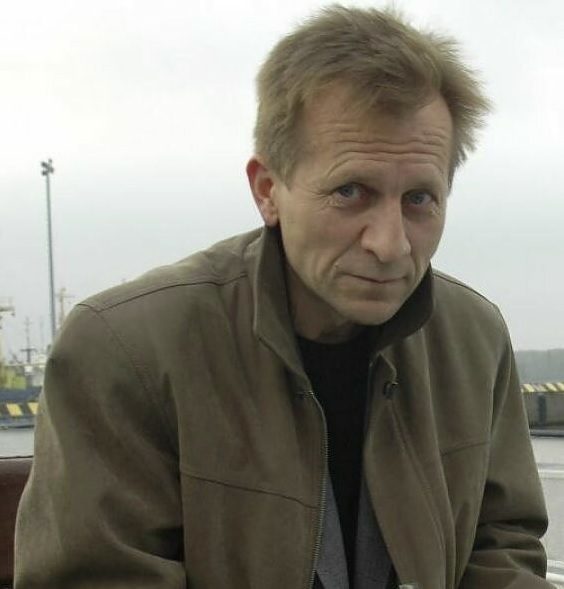Lithuanian Men in the Forced Soviet Army
The History of Compulsory Military Service
Letters
“The two of us continued on walking. We noticed something yellowing among the stones. We quietly crept closer. There was a dushman lying there who had unwrapped his turban and covered himself with it. I signalled to the political officer to rip off the cover, and that I’d put the barrel of my gun to his forehead, because who knows? Maybe he had a pistol cocked under the fabric…”

“Hello, mommy,
So far I am alright. Today is an anniversary of my twenty fourth month of the military service. The weather is bearable, not hot yet. There is nothing else to add. From your letters I presumably have an idea of what is going on back at home. Would you please keep on writing me about it, I take a great interest in it.”

A photo of Organisation of Afghanistan War Veterans
“Miražas” (“The Mirage”)
“We kept on walking together. We spotted something yellowish among the rocks. We silently crept towards the colored object. […] As soon as a head appeared from under the cover, I pointed my machine gun barrel to his forehead. The person, who was lying down, was in a big shock. […]
– What should we do? – I asked.
– Just stab him, – was the answer from the deputy commander for political affairs, who was faithful to the new principles, undertaken by him.
I shook my head in disagreement.
– Shoot him by one shot.
When a part of the brain was spilt on the ground, phrase ‘dust’ ceased to be repeated.”

A photo of Organisation of Afghanistan War Veterans
“Miražas” (“The Mirage”)
“He used to shoot everybody, no matter whether they resisted or not. In the barracks he used to line up some unarmed Afghans against the wall and shoot them by series of machine gun so that the brain of the victims splashed both on the walls and ceiling.
Having jumped on the roof […], he found two young soldiers who had been hiding.
He shouted: “stand up”, but they kept on lying down as they could not understand him. Chief lieutenant took it as disrespect of the law and he opened the fire on them. Within a dozen of minutes, he shot 17 Afghan soldiers to death.”

A photo of Organisation of Afghanistan War Veterans
“Miražas” (“The Mirage”)
“We were firing to the windows, not overshadowed with the greenery of the trees, to the doors, and to every living creature that moved. We saw two silhouettes of humans running through the dense forest, without realizing that they had to hide, and, finally, they fell down one after another. […]
According to the instruction, before entering a house, a soldier had to throw a grenade (F-1). In the house he found the chunks of meat in convulsions: one body was of a man, another of a woman and the rest were the bodies of four children. The silhouettes, shot in the forest, were bodies of two women with multiple shots on them. […]
Four soldiers got drunk, smoked chars (sort of local drug) and went to a nearby situated aula. There they raped a young girl, then she and her parents were shot to death by the same soldiers. A special order of minister of defense Ustinovas was issued to shoot the four soldiers to death in presence of the regiment. The order was executed.”